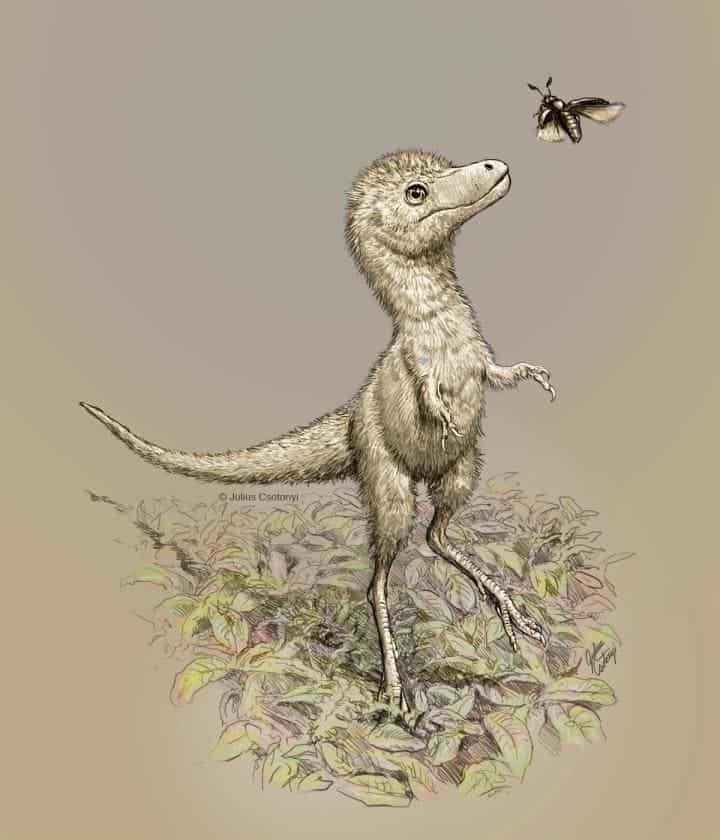A new discovery shows that the king of the dinosaurs started life no larger than your average dog.

Tyrannosaurus rex (‘rex’ is Latin for ‘king’) is perhaps one of the best-known dinosaurs of all time. Movies such as Jurassic Park, and the dinosaur’s own impressive proportions (up to 40 feet / 12 meters in length as an adult) and body shape have cemented its image as a deadly, unstoppable predator in our minds.
While it definitely was very deadly, T. rex was likely very happy to act as a scavenger, not a hunter, when given the opportunity. And, while definitely much too large to pet in its adult years, this probably wasn’t true for its earliest days, as a new discovery shows.
Smallest big dinosaur
“These bones are the first window into the early lives of tyrannosaurs and they teach us about the size and appearance of baby tyrannosaurs,” explained University of Edinburgh paleontologist Greg Funston, lead author of the study.
“We now know they would have been the largest hatchlings to ever emerge from eggs, and they would have looked remarkably like their parents — both good signs for finding more material in the future. This may seem enormous, but remember that they would have been curled up inside an egg”.
The authors explain that the discovery of “the first-known fossils of tyrannosaur embryos” sheds light on how this immense dinosaur started his life. They aren’t T. rex exactly, but the embryos belonged to two closely-related species (Daspletosaurus and Albertosaurus sarcophagus), so they can give us some reliable information about the family as a whole. The fossils were unearthed in the U.S., Montana, and Canada, Alberta.
The team created 3D scans of the fossil fragments, allowing for a detailed analysis of their morphology. Armed with these scans, they determined (based on the size) that the bones belonged to juvenile, not-yet-hatched tyrannosaurs. Such fossils suggest that T. rex eggs (fossils of which we’ve not yet found) were around 17 inches (43 centimeters) long, and juveniles grew to around three feet long before hatching.
At this time, the dinosaur’s jaws would measure three centimeters in length (around 1.2 inches) but already had distinctive features such as a pronounced chin. This indicates that the main elements of a tyrannosaurs’ anatomy were already formed before hatching
Still, the paper also raises some questions. Why haven’t we found any T. rex eggs yet? The authors raise the possibility that the species laid soft-shelled eggs, which would be very unlikely to fossilize.
On the one hand, the findings can help make it easier to identify any tyrannosaur eggs we might discover in the future. On the other, it gives us a chance to look at adorable pictures of mini-dinosaurs, and that’s priceless.
The paper “Baby tyrannosaurid bones and teeth from the Late Cretaceous of western North America” has been published in the Canadian Journal of Earth Sciences.









